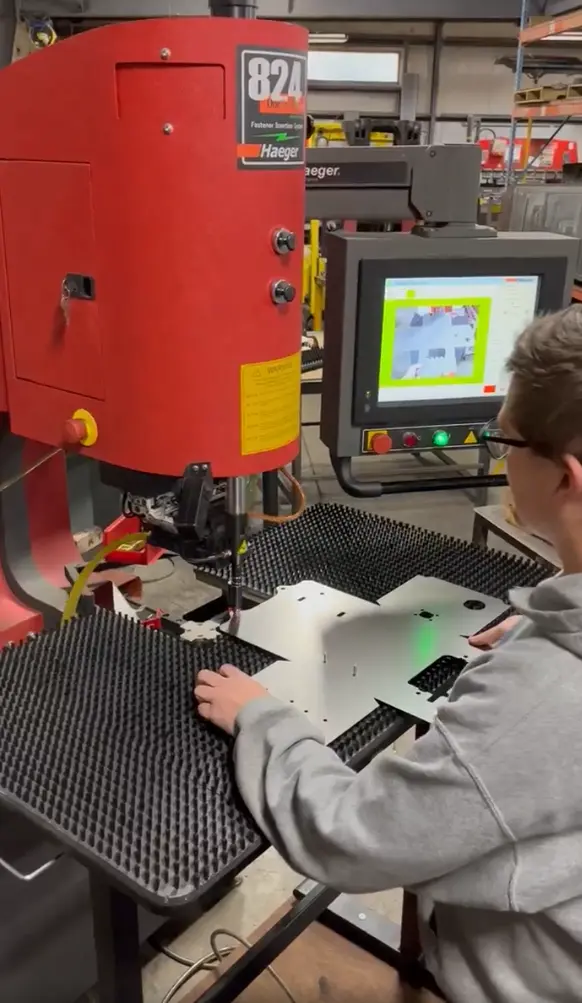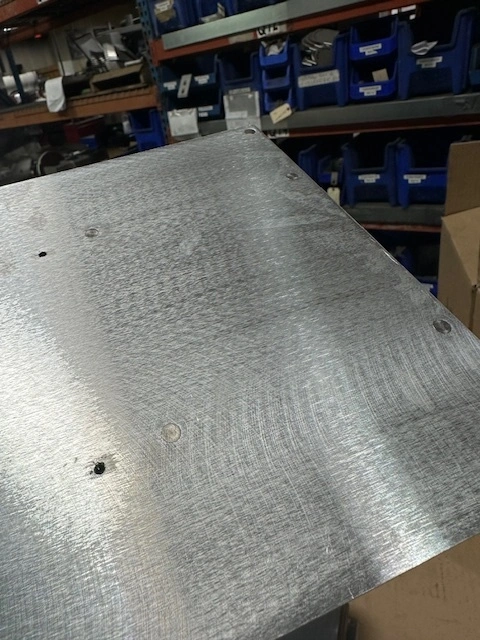7 benefits of Using PEM Inserts
- Locke-Brothers

- Jun 21, 2024
- 2 min read
In the realm of fastening technology, innovation continually drives progress, aiming to streamline processes and improve outcomes. Among the myriad of solutions available, PEM inserts stand out as a versatile and reliable option. Whether in industrial applications, automotive engineering, or consumer electronics, PEM inserts offer a host of benefits that contribute to enhanced efficiency and superior performance.
Understanding PEM Inserts
PEM inserts, short for PennEngineering® Manufacturing Corporation inserts, are specialized threaded fasteners designed to be installed into metal, plastic, or composite materials. They provide durable and reusable threads for mating hardware, such as screws or bolts, to create strong, secure assemblies. These inserts come in various shapes and sizes, catering to diverse applications and requirements.
These Fasteners Are Benefits Galore
We could discuss this topic for hours, but here's a high-level summary of what you can expect from switching to PEM Inserts.
1. Enhanced Load Distribution:
One of the primary advantages of PEM inserts is their ability to distribute loads effectively. By distributing the load over a larger area, these inserts help prevent deformation or damage to the host material, ensuring structural integrity and longevity of the assembly.
2. Improved Thread Strength:
PEM inserts create threads that are typically stronger than those formed directly in the base material. This increased thread strength minimizes the risk of stripping or thread pull-out, even in demanding environments subjected to vibration or heavy loads.
3. Increased Assembly Speed:
Speed and efficiency are paramount in manufacturing and assembly operations. PEM inserts facilitate rapid assembly processes by providing pre-threaded inserts that eliminate the need for tapping or threading operations, saving valuable time and labor costs.
4. Versatility:
From thin sheets to thick panels, PEM inserts can be used in a wide range of materials and thicknesses. This versatility makes them suitable for diverse applications across industries, including aerospace, automotive, electronics, and more. On a sidenote, we can use manual tapped threads for even thicker materials when needed.
5. Reduced Assembly Costs:
While initial costs may vary, PEM inserts often contribute to significant long-term cost savings. By minimizing rework, reducing assembly time, and enhancing product reliability, these inserts offer a compelling return on investment over the lifespan of the assembled components or products.
6. Design Flexibility:
PEM inserts enable engineers and designers to explore innovative and lightweight designs without compromising structural integrity. Their compatibility with various materials and configurations empowers creative freedom, fostering the development of efficient and optimized solutions.
7. Resistance to Corrosion:
In environments prone to corrosion or exposure to harsh conditions, PEM inserts provide a reliable solution. Constructed from materials such as stainless steel, they offer exceptional resistance to corrosion, ensuring the longevity and reliability of assemblies in challenging environments.
Final Takeaway
In the ever-evolving landscape of manufacturing and engineering, PEM inserts emerge as indispensable components, offering a myriad of benefits that contribute to enhanced efficiency, reliability, and cost-effectiveness.
From improved load distribution to increased assembly speed and design flexibility, the advantages of PEM inserts extend across a spectrum of applications, making them a preferred choice for engineers and manufacturers worldwide.
As industries continue to push the boundaries of innovation, PEM inserts remain steadfast in their commitment to excellence, enabling the creation of robust, high-performance assemblies that drive progress and shape the future of technology and manufacturing.









Comments